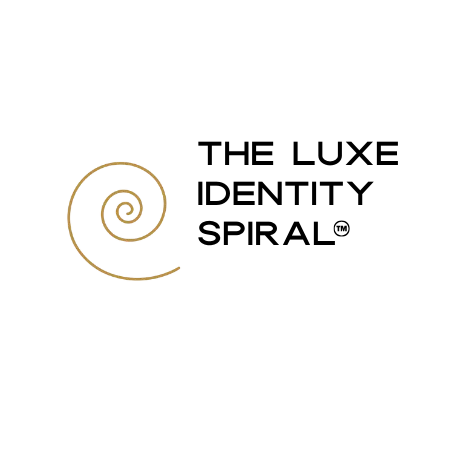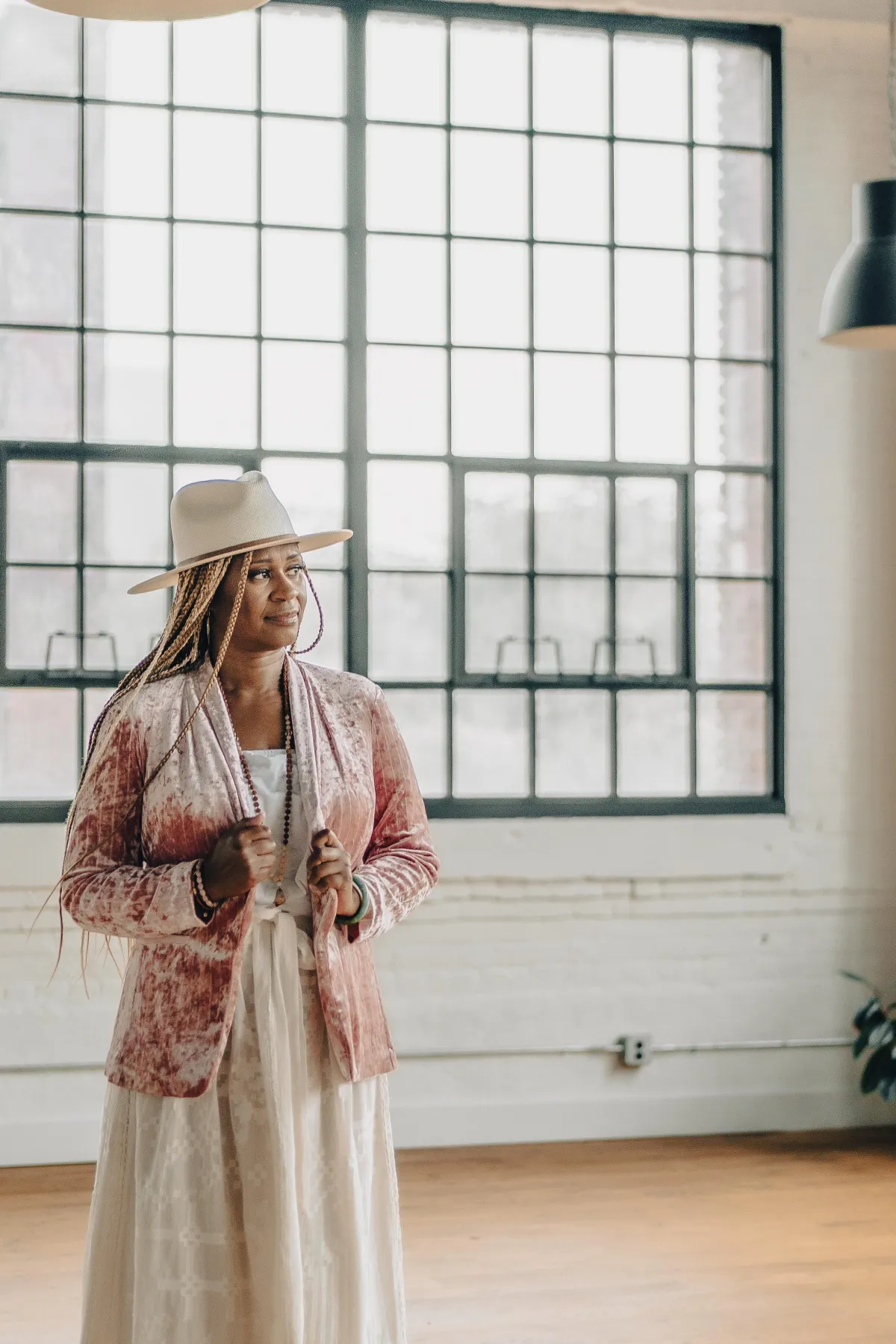
Unravel Your Truest Self. Step Into Your Most Exquisite Identity.
This journey isn't about doing more — it's about becoming more of who you already are.
It’s how clarity becomes power.
How peace becomes strategy.
How alignment becomes abundance.

Discover the first step of The Luxe Identity Spiral™ and learn how to shift from hustle into harmony.
My mission is to help women who have done the inner work step fully into their power and rise into the luxurious, unapologetic lives they were born to lead.

Dawn M. Rivers
Life and Empowerment Coach
DAWN'S STORY
Luxe emerged during one of the most challenging seasons of my life — a time marked by sadness, loss, and quiet unraveling. In that tender space, I realized that even pain can plant the seed of something beautiful. That’s where my journey began.
Hi, I’m Dawn M. Rivers — transformational coach, spiritual teacher, and lifestyle curator for ambitious women who are ready to step away from hustle culture and step fully into purpose. Whether you’re softening into a new identity, seeking clarity and confidence, or ready to embody a more elevated, luxurious lifestyle — you’ve found your place.
This is where high-achievers rise and become LUXENARIES™. ✨
Transform the Way You See Yourself.
Each eBook is more than words—it’s a tool to refine your mindset, embrace your true essence, and spiral upward into your highest self.

